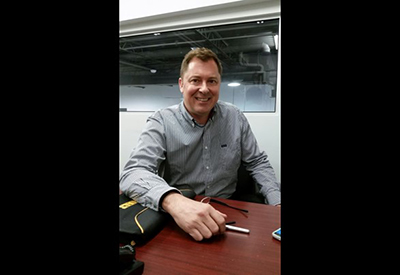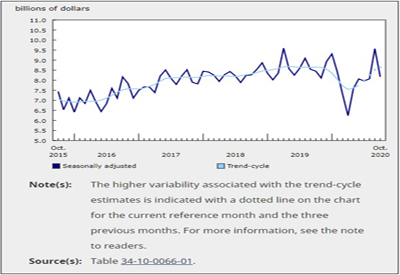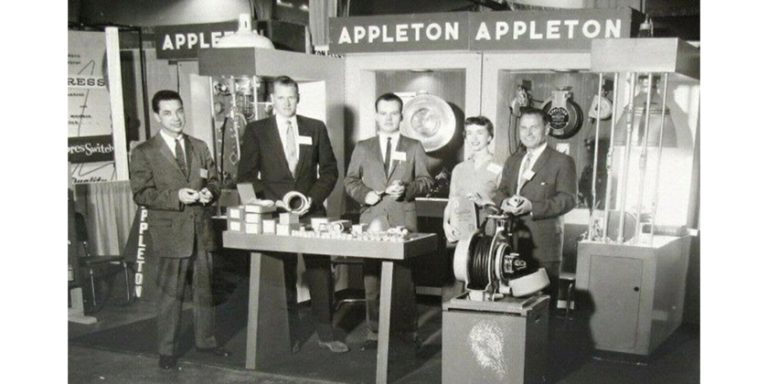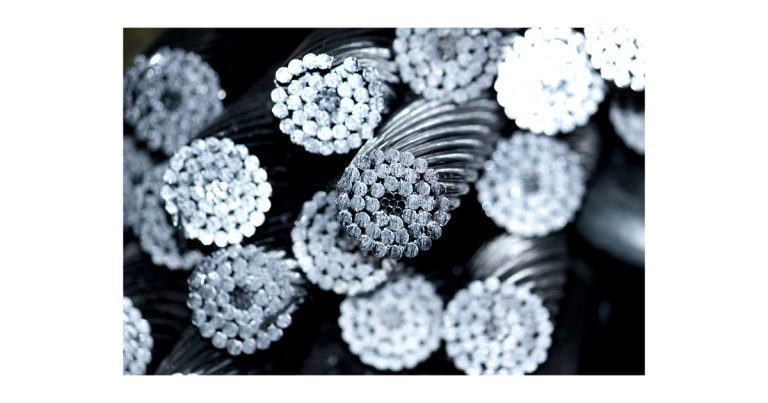“Bots”
October 17, 2016
Using artificial intelligence at your distributor counter may seem far-fetched today, but it is not that far off with technology and a little bit of creativity.
As information builds up in front of us, and sifting through the data becomes a chore, we are forced to turn to computer systems to get the job done. These systems will prove to be faster and more accurate, and they will learn to find things that we never even dreamt we could gather.
Everybody knows about robots. They are mechanical devices that can perform the actions of humans in a physical space. Now, there are robot-like “creatures” that can be found in computers or in the Cloud, that can perform similar functions as a robot but exist only within systems. These “bots” run around inside a system doing things for you. One of those things will be learning. They will learn what you like and what you want. Bots can also now study what they do and outperform themselves.
Case in point: a “bot” that works for a city restaurant inspection department.
The bot has learned to gather and read restaurant reviews to help locate restaurants that may need inspecting. Once the bot learns the language, it learns what to look for so inspectors can more easily find offenders. They have now downsized their visits while improving their rate of infractions. The bot has learned to advise where they need to pay attention.
How could this relate to our industry’s needs? Let’s say you have five customer deliveries to make and you can only do three that morning. To determine which customer you should deliver to first, a bot can do a quick review of each customer, their locations, size of company, relations, and the customers’ demand/need. From there you come up with a plan.
Take this same scenario, add another 20 deliveries, and things get more complex. Take it up another notch and add 200 deliveries, now try to fight through the data required to make the “right” decision. It is not actually about making the right decision, it is about making the best decisions all day long.
So take a bot that knows your customers, rates your customers, has learned which products are in fast demand, and the locations of all deliveries. Let it access traffic patterns in the city, traffic reports, speed of traffic, and let it determine the best routes to take to deliver orders.
Now consider this: another bot that looks at customer patterns. The size of a company, their growth patterns, the percentage of business they do with you, what they buy (and importantly, what they don’t buy from you). How about a bot that monitors bids and contracts, who is working where, and the stage of the job? Can you imagine a bot monitoring credit or even your suppliers’ performance?
Like a robot in a factory, these bots work harder, longer, faster and more accurately than we do. The good news is that we humans get to move on to more interesting things like building solutions and applying creativity to our jobs. Well, for now anyway.
Rick McCarten is VP, Operations, Electro-Federation Canada.











